In this article
When we talk about teacup dogs, we’re referencing dogs that weigh less than the expected range of a small breed. There isn’t an official definition, but many authorities place it at less than 4–6 pounds. An animal of this size has a heightened risk of health problems, which is where the controversy of owning one of these dogs rests.
If you have a teacup dog, please don’t feel like an irresponsible pet owner. The purpose of this article is awareness. After all, that’s part of your commitment to the animal’s welfare. Knowing what potential problems can arise makes you a better caregiver and helps alert you to potential red flags so that you can respond promptly and appropriately.

The Definition of a Teacup Dog
A teacup dog is the unofficial name for any dog that is bred to be less than 4–6 pounds, and they are usually created by breeding the smallest members of a litter. Where did the idea of breeding such small dogs come from?
The concept started with breeds that were already generally small, but the practice of making a breed as small as possible became even more popular over time. It’s a relatively new concept, though, becoming most popular in the early 2000s, although toy breeds are age-old. People love cute dogs that look like stuffed animals, and the modern-day humanization of the pet industry has also fueled this practice with the notion of “fur babies.”

How Breeders Get Teacup Dogs
Understanding the issue with breeding teacup dogs requires understanding the genetics behind breeding these dogs and why it affects the health of the animals. Disreputable breeders don’t have to go far to locate a source for teacup dogs. Runts, or the smallest puppies in a litter, are the typical breeding stock. They’re smaller than normal for the breed. However, not every litter has one.
Since there aren’t extra small puppies in every litter, creating teacup dogs sometimes includes inbreeding. Remember that smaller puppies are already at a disadvantage. They can’t always compete as effectively against their littermates for food and attention, which can result in a pup not reaching the optimal size for their age and compromise any competitive edge. Individuals then breed two disadvantaged pups, so it’s easy to see how the outcome could be negative.
Each gene that an animal has includes two copies or alleles. At conception, one is contributed by the mother and one by the father. If the two are the same, it is homozygous. If the two are different, it is heterozygous. In a trait where one visible version or phenotype is dominant, then only one allele with that characteristic is necessary for the animal to have it.
A recessive trait means both alleles must be the same to show this specific characteristic. In reality, genetics is more complicated than this as few traits are controlled by single genes, but the problem with breeding runts or inbreeding is that it increases the chances for undesirable traits to be present in the offspring. That often includes medical conditions that can adversely affect the puppies’ quality of life or longevity.
Teacup breeders are breeding for size alone, not for the health of the breed as a whole. With a smaller gene pool, you’re more likely to create dogs with a variety of health issues, which then get passed on to the next generation, and the next, and so on. All of this is done with the goal of creating tiny puppies that can be sold for high prices.
Health Concerns of Teacup Dogs
Most of these health problems are concerns that are found in small breeds in general, not just teacups. Unfortunately, there isn’t enough research to definitively say whether or not they occur more frequently in teacup dogs, but the chance of teacup breeds having these problems is elevated simply due to poor breeding practices.
- Hypoglycemia: Dangerously low blood sugar levels that lead to weakness, seizures, muscle tremors, mental dullness, and death. Due to their tiny stomachs, Teacup dogs need to have frequent meals with some even needing to be fed as often as every 2 hours until they are 1 year old.
- Liver Shunts: Also called portosystemic shunts, this includes abnormal blood vessels that prevent blood from entering the liver. As the blood is unfiltered by the liver there is a build-up of toxic substances which can lead to neurological signs, vomiting, diarrhea, stunted growth, and fluid accumulation in the abdomen.
- Hydrocephalus: A serious congenital anomaly leading to abnormal accumulation of cerebrospinal fluid (CSF) in the brain that puts pressure on the skull and damages the brain. This can lead to behavioral changes, blindness, and neurological problems. Sometimes surgery is necessary to drain the fluid away from the brain.
- Collapsing Trachea: Teacups are at a higher risk than the average dog, and it’s when the cartilage rings that normally support the windpipe weaken and flatten over time, narrowing the passageway for air to travel. This leads to noisy breathing and a cough that requires medication and sometimes surgery.
- Dental Disease: Because of their small mouths, teacup dogs’ teeth don’t grow normally, resulting in crowding and retained baby teeth, which then leads to other issues, like gingivitis and periodontal disease.
- Heart Disease: Degenerative mitral valve disease is common in teacup dogs. The faulty heart valve leads to a heart murmur and signs including trouble breathing, weakness, and an inability to exercise.

Genetic Diversity and Morbidity
Remember that purebred canines are occasionally inbred to preserve specific characteristics. A teacup dog is a product of an even smaller set of genes. Research has shown that inbreeding reduces overall fitness and increases mortality. The scientists went further to state that the degree of inbreeding they observed in the majority of dog breeds was “…well above what would be considered safe for either humans or wild animal populations.”
Further evidence exists from a 2-year study involving over 2 million canines. The researchers found that mixed-breed pups outlived purebred dogs, with the effect increasing with body size. Other research also indicated that breeds with a larger genetic diversity had a longer life span.
Teacup dogs that are also brachycephalic breeds bring a host of other health concerns to the table, including upper respiratory disorders. Research has shown they also need more veterinary care than non-brachycephalic pups.
It’s worth noting that reputable breeders have made significant strides in reducing the inheritance of medical conditions that could compromise the welfare and well-being of offspring. The Orthopedic Foundation for Animals (OFA) provides information about recommended pre-breeding screenings and DNA tests for breeders. Many breed clubs require members to follow these recommendations.
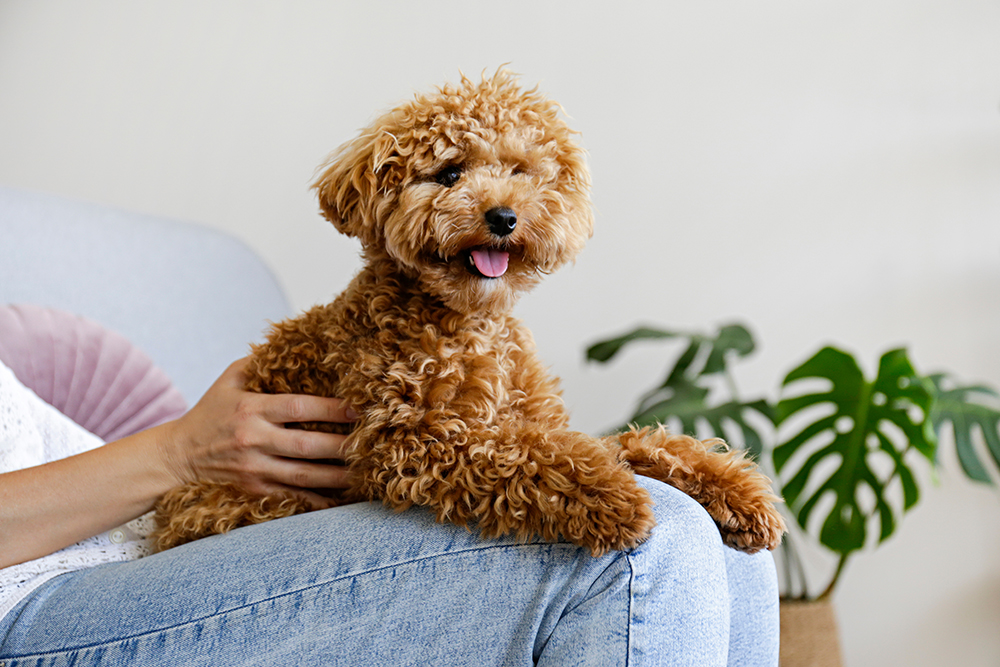
The Ethics of Teacup Dogs
The breeding and selling of teacup dogs are complicated. Some sellers may simply be unaware of the health risks and are merely filling a demand for these pets. Buyers may also be unaware of the demands these animals may require and the associated medical concerns. We could also point the finger at social media and influencers for promoting these kinds of dogs and making them more desirable. We don’t blame you for wanting such a cute, small dog, as many people love them. However, it simply helps to be informed about the potential risks associated with having such a breed.
Responsibility for Everyone
Pet ownership is a serious responsibility, no matter what side of the transaction you’re on. It’s up to breeders to put the animals’ welfare above profit. It is considered unethical to breed dogs intentionally, knowing the potential impacts on their lives. It’s also unscrupulous to sell a puppy to an unsuspecting individual who will have to deal with potentially devastating health issues later on. After all, you were simply trying to give these adorable dogs a good home.
Therefore, it’s up to sellers to avoid inbreeding and breeding runts. However, it’s also up to the buyer to research the history and care of the dog they’re considering. Every breed—not just teacups— has something you should know upfront, whether behavioral or physical. So, if you’re considering purchasing a teacup breed, don’t feel like you absolutely can’t after reading this article. Instead, just be aware of the practices and health risks associated with them. The decision is ultimately up to you and what works best for you and your lifestyle.
To Owners of Teacup Dogs
We began with a plea not to admonish yourself if you already own a teacup dog. We aim to give you a heads-up so that you can be aware of the possible issues that may arise in these pups. Early recognition and treatment can vastly improve your pet’s quality of life and reduce the stress involved with chronic disease.
Perhaps understanding why the concerns exist can make the extra tests and exams your veterinarian recommends seem more reasonable. After all, they want what’s best for your pup, too.

Final Thoughts
Teacup dogs might not be a new thing, but science has shown concern for these pups, which is valid. Intentionally breeding the smallest dogs increases the health risks for many chronic conditions. It can shorten the pet’s lifespan and put a financial burden on your family. Awareness builds understanding and knowledge. A normal-sized pooch will give you just as much unconditional love as a teacup-sized one, but if you have your mind set on one, just be sure that you fully understand what owning a teacup dog could entail for your future with them.
Featured Image Credit: AnyaIC, Shutterstock
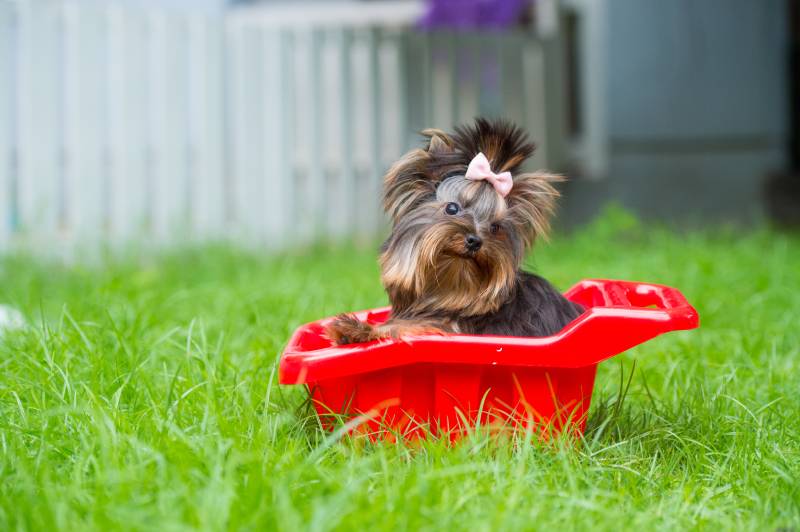


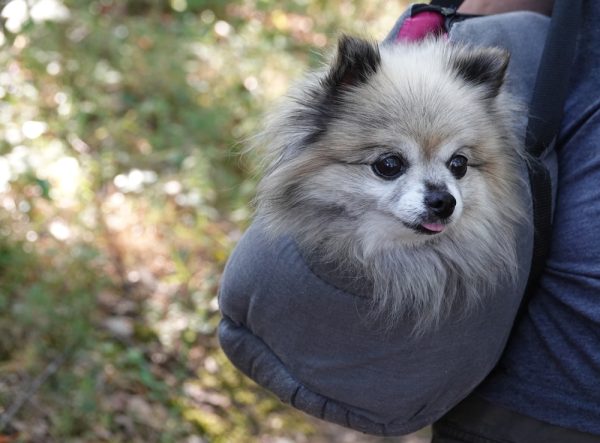







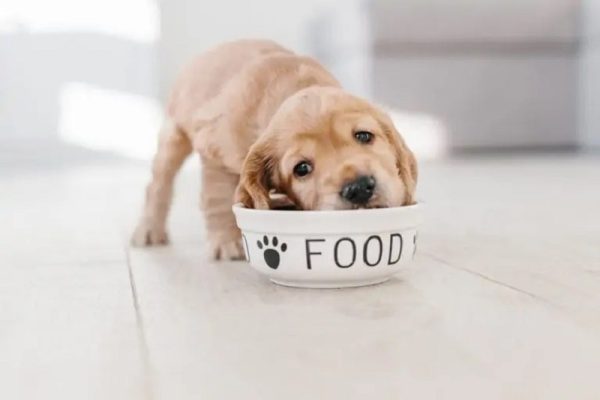
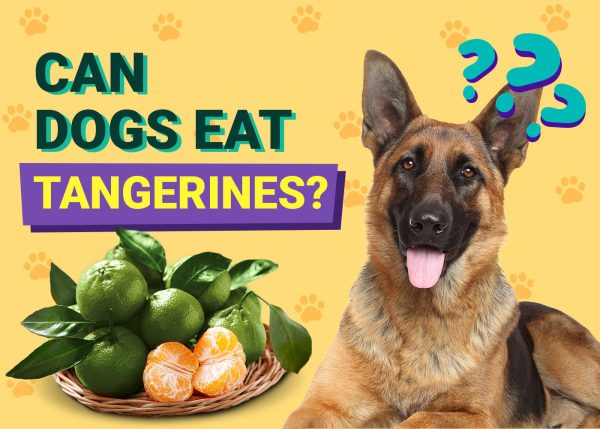

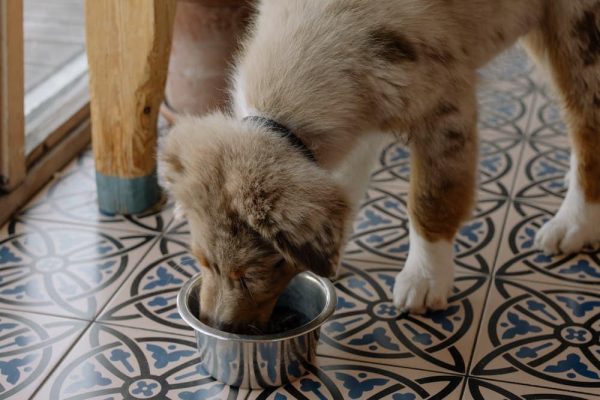
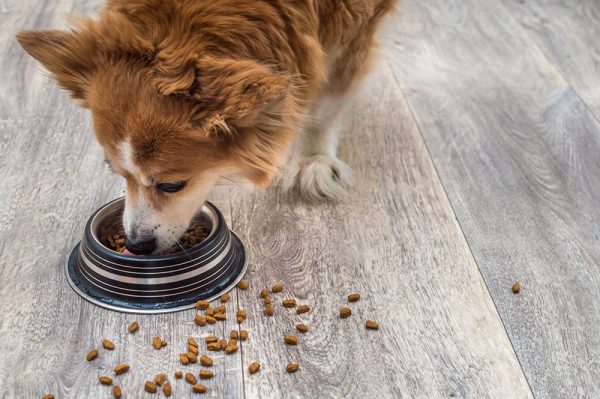

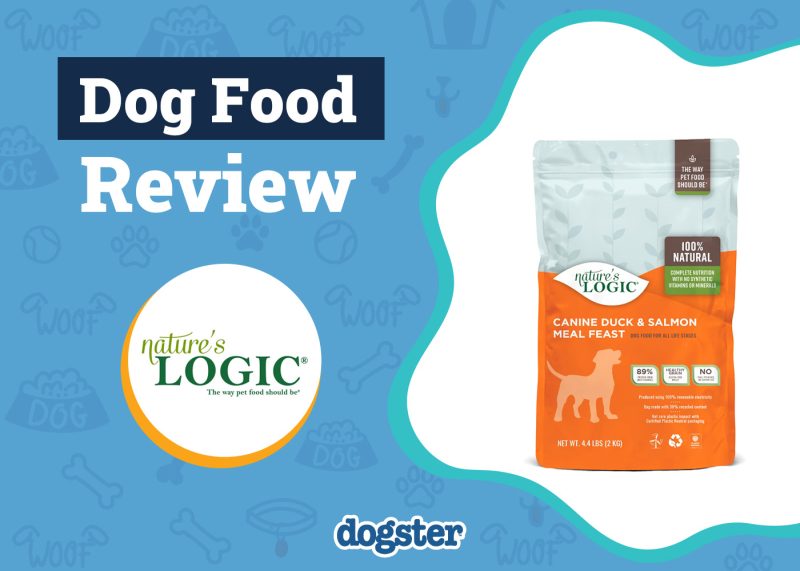


2 Responses
I SO appreciated your informative article as my daughter is convinced that I need nothing larger than A.N.Other teacup breed as distinct to a small breed. I have always had large dogs living on a mountaintop large horse farm with fields and forest, but I am now in SC as a retired octogenarian who is less strong and moves slowly. I agree that a heavyset or large dog would be an unwise choice for me (lifting into car for vet visits, potential balance problems on leash, etc.), but I also want to be able to manage to ingress/egress a door (holding dog in one arm and opening/closing door with other). I'm trying to think of all scenarios and make a wise choice. Do you have any breed recommendations for me given my circumstances? I am health and financially stable and a licensed animal therapist (though I don't practice anymore) who lives a quiet life in my own home with securely fenced yard and who spends time as an author and cook. The most important aspect of my life is that I truly love animals and am a responsible caregiver. Thanks in advance.